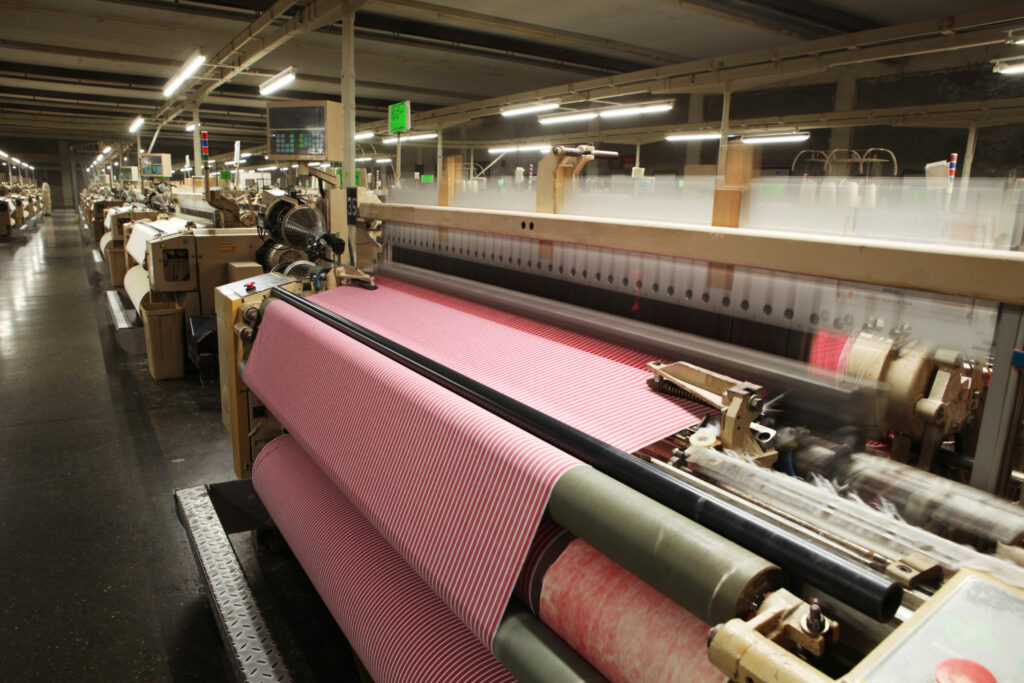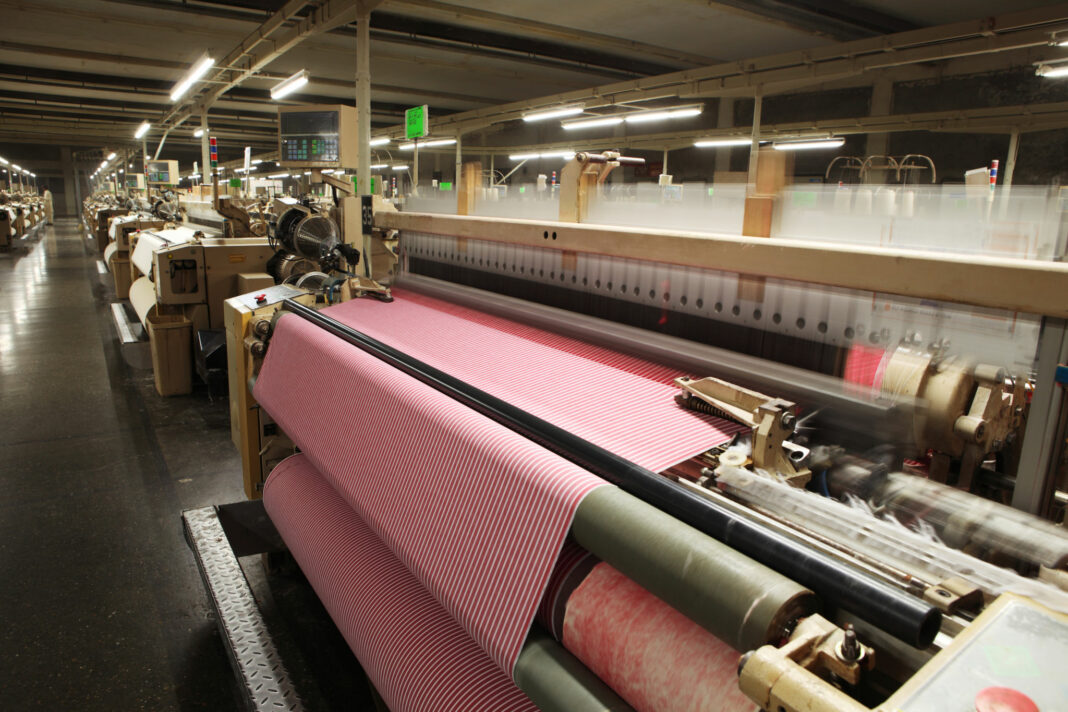The garment industry requires a lot of effort, from finding the right fibres to packaging the finished product. Preproduction, production, and postproduction processes, which are all primarily reliant on manual labour, are the three categories that best describe the key operations of the labor-intensive apparel manufacturing sector.
The sector has recently experienced a revolution in automation. The term “automation revolution” specifically refers to the employment of mechanical or electronic technologies, along with automation, to replace human labour during the creation of clothing. Although electric sewing machines have been around for a while, the industry is currently being replaced by a variety of sophisticated sewing automations.

The Sewbot
It is one of the most sophisticated sewing automations, producing 15-20 t-shirts in just one hour. It is made to operate continuously throughout the year and features a modular base design.
Sewbot’s system watches and analyses the cloth using a highly calibrated machine vision, which enables it to spot distortions and modify as needed.
The robot completes each duty, including cutting, stitching a seam, adding a sleeve, and quality inspection, while operating along a 70-foot-long t-shirt production line. The Sewbot’s computer vision directs the fabric at each step along the route.
Computerized Embroidery Machine
This particular model of electronic sewing machine also has the capacity to perform embroidery work.
Computerized sewing/embroidery machines offer a variety of decorative stitches, automatic needle threading, and the ability to create up to seven distinct types of buttonholes in one step. The machine has a front-facing LCD display panel with an intuitive stitch picker, as well as settings for speed control and other features.
These machines are typically utilised in industrial settings where large-scale fabrics need to be designed quickly. They offer a stitching mode called autopilot where the machine regulates the speed, thread tension, and stitch strength automatically.
The production capacity of the apparel sector is drastically changing as a result of the development of such automated sewing machines.
Robotic 3D Sewing Technology –
The Robotic 3D Sewing Technology follows the lines laid out by the CAD (Computer Aided Design) model to stitch the threads onto the 3D-formed leather.
In addition to lowering labour costs and manufacturing times, robotic 3D stitching technology also helps to boost effectiveness and productivity. Compared to manual sewing, it successfully lowers the scrap ratio.
Monitoring in Real Time for Sewing Machines
These network-connected smart sewing machines can be controlled and monitored using a smartphone or tablet from any location in the globe thanks to a server that connects them to a network. The intelligent machine network enables real-time monitoring of both the state of individual machines and an entire manufacturing line.
This real-time status not only creates the opportunity to increase productivity but also aids in the identification of potential production barriers. This exemplifies how the Intelligent Sewing System should be used (ISS).
More crucially, the technology has the potential to bring unsuspected transparency into the supply chain, giving brands the chance to view the production progress of their orders in real time.
Modular Sewing Machine
The function of this automated model is not fixed. To adapt to changing needs, the machine’s components can be replaced and new ones fitted here. With time, this removes the requirement to purchase a new machine, thereby enhancing the adaptability of the current sewing machine. In order to reduce production hiccups and downtime, repairs also call for the replacement of an outdated module with a fresh one.
Advantages of Cutting-Edge Sewing Automation
1. Automated sewing machines boost output and save time. For example, I n one hour, a Sewbot can create 15 to 20 T-shirts.
2. Since a one-time investment in a machine can replace the ongoing wage payments to the craftspeople, the cost of manufacturing is significantly reduced.
3. Because the robots are programmed to operate accurately, human errors may be eliminated.
4. Automations open up possibilities for inventions and ideas that would be difficult or impossible to create with the use of human talents.
The Negative Effects of Automation
1. When human labour is eliminated, jobs are lost and certain conventional skills gradually disappear.
2. Clothing created by machines lacks the aesthetic value that human creativity creates.
3. The apparel industry’s mass machine manufacture of clothing results in a concentration of the same designs, diminishing variety.
4. Because they are unable to compete with the fast production of machine-driven apparel sectors, many innovative and local factories are suffering.


Can you be more specific about the content of your article? After reading it, I still have some doubts. Hope you can help me.